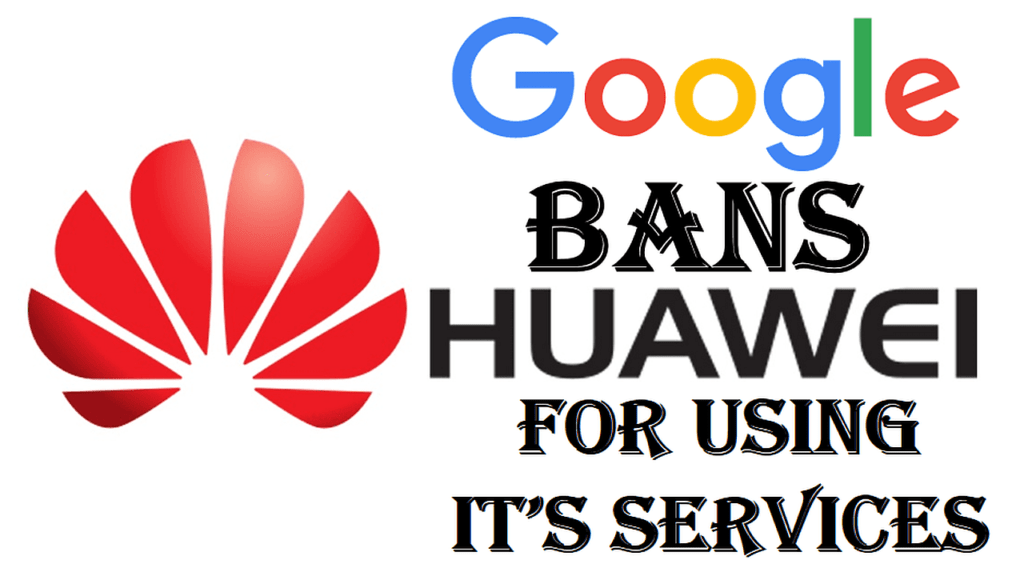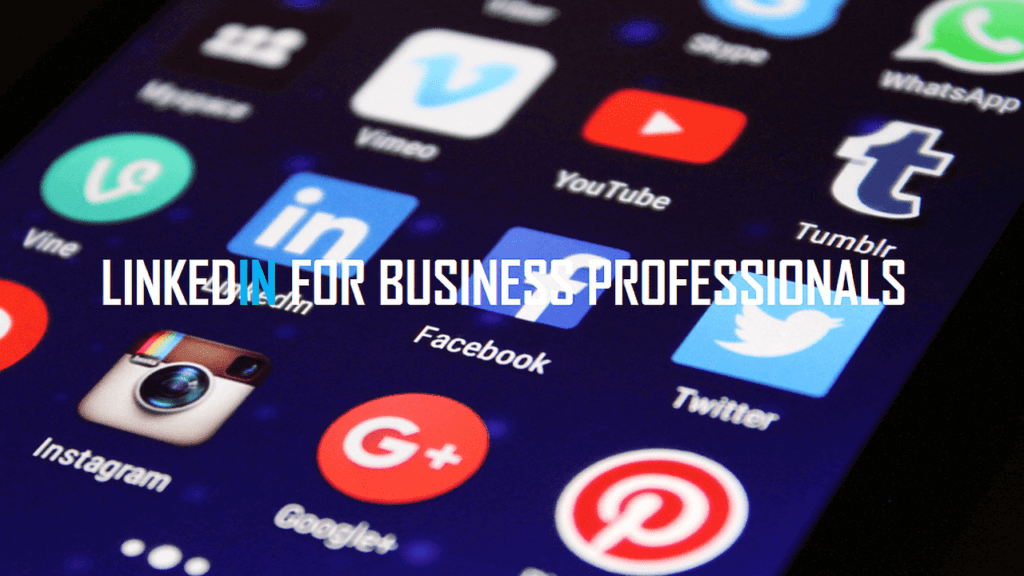Last Updated on: 10th June 2021, 12:48 am
To counter the misunderstanding that Instagram is deliberately hiding certain posts, CEO Adam Mosseri has discussed in detail how Facebook’s own photo-sharing platform Instagram decides what users want to see.
Adam Mosseri shared the first in a series of posts Tuesday that shed more light on how this affects people’s experiences with the app, saying Instagram doesn’t have an algorithm that monitors what people are and aren’t doing on the app see.
“We use a variety of algorithms, classifiers, and processes, each with its own purpose. We want to make the most of your time and believe that using technology to personalize your experience is the best way to do it,” he reported.
Also Read: WhatsApp to bring voice calling feature on JioPhone, Nokia 8110 4G, and other KaiOS-based devices
When it first launched in 2010, Instagram was a single stream of photos in chronological order. Nowadays, each part of the application (Feed, Explore, Reels) uses its own algorithm adapted to the way people use it.
“People look for their closest friends in stories, but they want to discover something completely new in Explore. We classify things differently in different parts of the app based on how people use them,” said the company’s CEO.
Mosseri then explained how the company has learned over the years that feeds and stories are places where people want to see content from their friends, family, and those who are closest to them.
“We start by defining the things that we want to put first. With feed and stories, this is relatively easy; are all recent posts shared by the people you follow. There are some exceptions, such as Ads, but the vast majority of what you see is shared by those you follow,” he explained.
“Next, we take any information we have about what was posted, the people who made those posts, and their preferences. We call these ‘signs’ and there are thousands of them. ‘Signals’ include everything from when you shared a post, to using a phone or the Internet, to the number of times you like videos.”
The most important ‘signals’ in Feed e Stories, roughly ranked by importance, are information about the post, information about the person who posted, your activities, and your interaction history with someone.
“From there we make a series of predictions. These are educated guesses as to how likely you are to interact with a post in different ways. There are about a dozen of them,” said Mosseri.
Another important case to highlight is misinformation
“If you post something that is flagged as misinformation by outside fact-checkers, we don’t remove it, but we put a tag and display the post at the bottom of Feed e Stories. If you’ve posted misinformation multiple times, we may do all of your Content harder to find,” said the CEO of Instagram.
Also Read: WhatsApp to finally introduce end-to-end encryption for chat backups, Few more changes
Why people accuse Instagram of ‘shadowbanning’ or silencing them
“We recognize that we haven’t always done enough to explain why we’re removing content, what’s recommended and what’s not, and how Instagram works in general,” said Mosseri.
“We’re working hard to improve here. We also manage millions of reports a day, which means that even if a small percentage of those reports fail, thousands of people will be affected,” he added.



